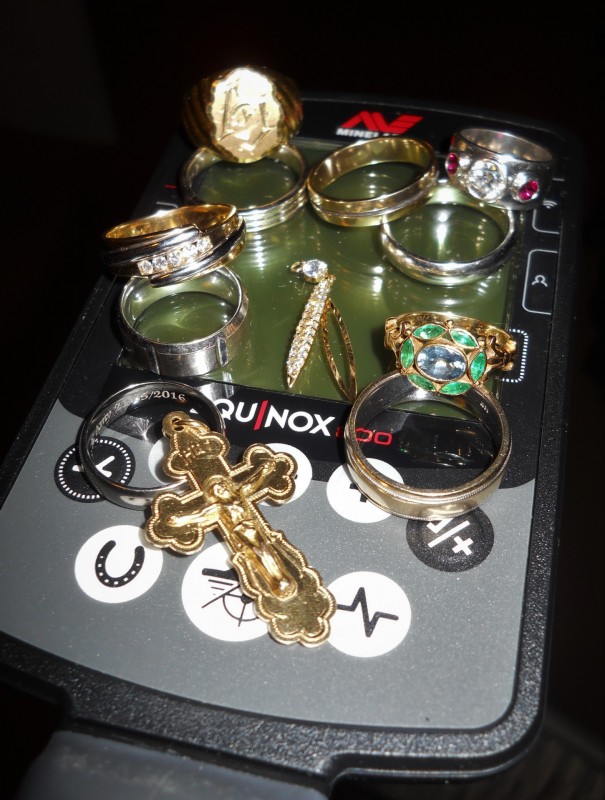Leaderboard
Popular Content
Showing content with the highest reputation on 07/12/2019 in all areas
-
Condor and his trip/notes was the inspiration of my post. He too realized the easy gold is gone, but we go for the Adventure too. Thanks Condor for sparking my old memories. At least you can say.."I did it". Spring 2006 three buddies/I decided it was time to quit talking about it and just do "Australia" with a detector for gold. With many details left out, but a quick overview. Yes I made it home (America) and am alive. The venomous snakes, iguanas (4 foot poisonous lizard), attacking kangaroos, wild goats and monster sized spiders/centipedes could not stand up against the rancid ripe odor of an un-bathed light skinned Yankee running across the dehydrated desert flats with detector in hand. I just returned from an enjoyable 1st time trip to Western Australia and the richly red iron soils of the Outback areas of known golden fields Kalgoorlie/Leanora. Even though I caught some serious plane crud on the 16 hour flight from LAX to Sydney, AU. and it lasted hard the 1st week and a half before I got a little better...I still managed to have fun. The Outback is one of a beautiful and secluded primitive place this mother earth allows us to play with many sites, sounds and wonders to gather and ponder in the mind. I would love to return some day, but would do things a little more different and be set up for gold hunting more for the serious BUSH and not be seen for a week at a time. Most areas we detected had been hunted really hard (just like here in the US such as Rye Patch, NV.) and we would find the crumbs that others missed do to their lack of detector knowledge and skill. We did manage to find an occasional small site that was off the beaten path and get a few nuggets. The Minelab GP-3500 with a Commander 15” MONO elliptical coil ran flawlessly and found most of my nuggets. In fact all 4 of us were using GP-3500’s and were amazed at how well they ran in the much heard of highly mineralized Australian soil. I did manage to find 4 small patches that produced the majority of my gold.. In no way do I base the success of this trip on recovered gold, but as usual, I hoped for and expected more. Of the 4 detectorists (including myself), we found approx 110 nuggets and one 5 oz specimen. I managed 62 of those nuggets and the specimen. To give you a weight total, we had a combined wt of approx. 4 ounces and then the 5 ounce specimen. Of the 4 ounces of gold nuggets we all found, my total wt was just over 64 grams (2 ounces) for the 62 nuggets, so you get an idea of the size with an average of my nuggets being around 1 gram each. The largest nugget (not including the specimen) was 3.9 gram and there were 2 of those found. Yes I was hoping for a few larger nuggets and even expected that we each could find a 1/4 oz'er but that never happened. Does that mean the trip was a bust? Most certainly not and I assure you, it was an amazing trip that I'll fondly remember for the rest of my life. Moral of the story to add to Condors trip. Over 10+ years ago, 4 good American nugget hunters with the newest detector technologies did not find what we had expected and hoped for in the gold category. 4 of us Americans did something most dream about but never do and we'll remember the Australian Outback...and those girls wearing pasties, for the rest of our lives. I always wondered if there was a nugget under one of those pasties? Maybe go back some day to check. Thanks for caring. Gerry in Idaho Gerry's Detectors www.gerrysdetectors.com10 points
-
About 3 or 4 years ago I ran a post about a specimen I got at Tarnagulla at about 6" with pretty well no visible gold, and the sg for quartz said there was maybe 1½ ozs of gold in it, but because there was rock other than quartz, I really don`t know how much gold there actually is. At the time, I dropped it in acid and then promptly forgot about it till I came across it today. ? The main body of it is about half the size it started and there is now gold and gravel in the bottom of the jar. I`ve taken this photo of the biggest bit remaining, renewed the acid and dropped it back in. I wont forget it again (I hope). Sorry Mitchel, back to the dime ?5 points
-
4 points
-
4 points
-
Certainly got me thinking GB about how many hours I put into a detector to get an ounce of gold. I don't keep track of my time to get an ounce, but I do know the other methods are foreign language to this kid. Only way I have hunted gold is with a detector. To me, the location and skill level on detector you own is vital. Then, making sure you have the right detector for the kind of gold you plan on pursuing, which is part of skill level. I do remember my last hunt for 2019 at Rye Patch with a GPZ-7000 netted me just over an ounce of nuggets, 34.7 grams. That was accomplished in 5 days, so I think his 40 hr average was really close. Then, the last gold hunt of 2018 was Thanksgiving Weekend and I used the Equinox-800 with the 15" coil. This was a 2 day hunt and the 1st day, 1st hour I scored a 2.67 ozt specimen. I ended up with 5 pieces in those two days with approx. 4 ounces of specimens and 2 of that was gold. Not tooting my horn, but I feel I know gold detectors better than most so my hours are probably less to get the 1 ounce. What I can't understand, is it takes 42 hours to pan an ounce of gold. Heck, I don't know anyone who has found an ounce of gold with a pan, but I don't hang around those kind of people. Surely there are folks who can do it or he would not have come up with the averages. Realize, I do not detect for a living, but do it because I enjoy a challenge. I feel nugget hunting is harder than Coin/Relic and Jewelry, so that is why I like it so much.3 points
-
Wow, it was about this time last year that I first got to thinking about designing a shaft upgrade for my Equinox! It was initially because I was detecting in and out of the water frequently, alternating between the two environments. Each time that I'd get in-or-out I would disassemble and remove the middle rod from my stock shaft (to make it short enough for water use) then hide it on the beach... jump in the water, and then re-assemble it when I wanted to detect normally again. Hence, our first priority was improving usability for both land and sea detecting. We started out by making about 70 of the V1 design before we then got busy further investigating materials, parts and sampling Carbon Fiber. We made some great contacts and continued to further develop the design. I trialled and tweaked the no-wobble custom clamp system and we also made sure to focus on the little details that will give durability and longevity to our products! Details like; tweaking the ideal low gloss finish (for better scratch resistance), sourcing materials and hardware that can handle corrosive, salty environments. We even focused on setting the rubber coil washers 0.5mm further out to increase friction on the rubber. This was to provide a solution to reduce coil-ear wear (and prevent the dreaded coil-ear snap) in turn minimizing the torque needed on the coil bolt! This journey started on ‘Detector Prospector’ so I want to say thanks to Steve Herschbach for hosting this awesome forum and to the supportive fellow detectorists who have read on, commented and made suggestions! There is no doubt Detect-Ed would be in a different position today if it weren’t for you all! It’s been a long time coming but it’s my pleasure to share with you the finished product… There are many more plans for Detect-Ed’s future endeavours so please stay tuned! If there’s any questions, of course feel free to comment or PM me www.detect-ed.com GL&HH, Ed2 points
-
In the early 1980 we got many tons Hydrofluoric Acid for internal cleaning of mill scale on newly constructed 375 MW Brown Coal boiler. It was shipped via road in steel tanks it concentration was 35%. I can't remember what it was diluted to. It was continuously circulated in a closed vessel for a couple of days. Most people would expect it to eat through the steel tanks at 35% Conc. but that is the normal process. The big problem with a Weak Hydrofluoric Acid is that it burns into the skin and attacks the bone with very little warning in pain till it very serious.Vapours into the lung is very serious. https://ehs.princeton.edu/book/export/html/1972 points
-
No GB. This one I dropped it in hydrochloric acid. I don`t play around with hydrofluoric acid. Bad stuff, but there is the tiniest trace of hydrofluoric in the Ali Brite I mostly use.2 points
-
Spelling is actually Whink: https://www.amazon.com/Whink-Rust-Stain-Remover-Ounce/dp/B003KIQIW8/ref=sr_1_3?gclid=CjwKCAjwvJvpBRAtEiwAjLuRPelEblgXOEi5OhfQDq_SQejrzjwNjfDD2-XCBHaTartH1XoTg-kTVhoCpdAQAvD_BwE&hvadid=241645596943&hvdev=c&hvlocphy=9016564&hvnetw=g&hvpos=1t1&hvqmt=e&hvrand=17298008456077216060&hvtargid=aud-649564993678%3Akwd-1389632425&hydadcr=693_1011790827&keywords=whink&qid=1562864159&s=gateway&sr=8-3&th=1 Here are the Material Safety Data Sheets (msds) for both Alibrite and Whink. You can read there that Whink has between 1% and 2.3% hydrofluoric acid whereas Alibrite has less than 1%. This probably explains why Whink works faster at dissolving quartz. SEPTONE ALIBRITE.pdf Whink-Rust-Stain-Remover.pdf2 points
-
1 point
-
1 point
-
Not too shabby for an Arizona weekend. (We don’t have the old stuff you others have got in the ground.) Three straight days of detecting yields an 1898 Barber Quarter, 1945 Mercury dime, 1951 Franklin 50 cent piece, Utah state tax token, 13 Wheat pennies, some other trinkets, and a 14k gold/platinum setting diamond ring. Not shown here was also a serial number stamped on a plaque from an 1880s sewing machine and a whole pile of other junk. I’m most excited about the Barber and the 50 cent silver. The quarter was about 6-7 inches down and on edge. It sounded good both ways, but swinging inconsistent numbers on the Equinox 800 in Field 1 with the 15 inch coil. I surmise the yard had been cleaned out before even though the owner thought it had not. That was one of it’s only few coins in 8 hours of detecting it—and the yard was massive. Conversely, the Merc., Franklin, and most of the Wheats came from the another small 8’ by 16 ‘ front yard that took only a couple of hours to detect. The diamond ring came from the old school house. Left by someone else unwilling to dig a repeatable number 12 target. Can’t wait to do it again, but going to need some muscle recovery time from all those lunges and precision digging.1 point
-
Last night I read a very interesting (IMO) article by Chris Ralph in the June, 2019 issue of the ICMJ (https://www.icmj.com/) titled "How Long Does It Take to Find and Recover an Ounce of Gold". There are a lot of caveats Chris lists, which makes it dangerous for me to summarize what was written. Further, there is a fine line between showing results from a magazine/journal which needs money to stay afloat and requiring interested parties to simply pay for a subscription. IMO, anyone halfway serious about searching for native gold (and there's more there than just gold) should be a subscriber. Most importantly, his estimates certainly depend upon the ground you are covering -- this should be obvious to everyone and I hope simply mentioning it will squelch any attempt to quibble at his results. Basically there is a lot of uncertainty around Chris's numbers, which he is well aware of, but it's still interesting to hear from an expert who has used all of these methods countless times. I was surprised at some of his estimates. In order longest (least efficient) to shortest: Panning: 42 hrs, Metal Detecting: 40 hrs, Sluicing/Highbanking: 30 hrs, Dry Washing: 30 hrs, Dredging: 20 hrs, Hard Rock Mining: 8 hrs. I think it's worth emphasizing that this is a time efficiency, not a cost efficiency. Panning is clearly the least expensive with hard rock mining by far the most. Chris also points out that the leadup time/research/preparation & cost are vastly different -- hard rock mining being the obvious extreme.1 point
-
I have one of your shafts and it's great. With the large coil on it will sometimes want to twist a little...should I try tightening the clamp some? strick1 point
-
1 point
-
Gerry I was in the area 2006, with a couple years experience up my sleeve I cracked 32 oz for the winter. You did quite good for your first trip. I had three Yanks in my van begging to buy some nice size nuggets (2 oz in total) at a 25% above spot price. They convinced me to sell as they wanted something to show that their trip paid. By the way one Emu egg make enough for four hungry Men.1 point
-
GJ, just don`t blink or you`ll miss em…………... put the axe down JW pleeeeeze...…..the devil made me say it, see you at Lords on Sunday,1 point
-
Hi, I bought the ORX te last week and this saturday I will go to a goldfield to test it, could you tell me if you used the factory program or you modified this? I went to this goldfields two weeks ago and I found a 13 grs nugget with the equinox 800 and 6" coil. I'm from Chile.1 point
-
Propjob I hunt different beaches than yours but I'll give my take on the matter. I did grow up in Northeast Florida and have hunted many Florida beaches but now I'm on the West Coast. When hunting a beach you typically need more than a thunderstorm to change it. You need more ENERGY to change a beach. This energy is from tides and waves. This is what will move your targets to a location where you can find them. If you are hunting a beach with few waves and little current/tides then you need to go out to where the objects have been lost. They will not come to you on the beach. This is often times the way of a freshwater beach/swimming hole also. As was noted, you have had hundreds of years for objects to be deposited. This is a good thing if you are finding a place where no one has detected before. I typically hunt on beaches with large parking lots that have had many years of losses but also get new losses each season. When our storms come in with larger waves for days at a time the storms will pick up these targets and move them. We spend our time looking for these pockets. Your area looks to be both relic and beach detecting which means you could have some really nice finds but there may be fewer good targets. Be patient and you'll find what the beach has to offer. Do a little research about that beach and find out what people did in the past 100-200 years. There may have been a gathering spot or old beach house that would have targets from house to beach. Ask permission when possible and the locals may give you some clues and history. There are many things to consider and these are just a few. You may need to change your beach! Good luck. Mitchel1 point
-
Went to one of my stomping grounds to try out my AT Pro with -5 clicks on GB and noticed the town had done some trimming revealing areas that weren't usually accessible. After an hour in just a small area I got these. The -5 on the Pro gave me more stable vdi numbers, the coins were pretty shallow <8" deep tangled in roots. The copper coin has so much patina on it that I can barely see a face of some sorts. Thinking of sending it out for professional cleanup.1 point
-
April 2006, The GP-3500 was the king of machines at that time. I'll make a new post of the trip as I do not think I ever did.1 point
-
Quoting Chris from the article: When I am sniping along a stream, I am normally spending a lot more time digging out a crevice than performing the actual panning stage of operation. I've dug out large crevices that repeatedly yielded one to two pennyweight per panful, but that is not normal. So digging and cleaning out a small but good crevice and panning the material might take twenty minutes. Let's say that yeilds a quarter of a gram, which amounts to about 0.75 grams of gold per hour, and that gives about 42 hours to get an ounce of gold by panning a typical but decent spot.1 point
-
We are the modern day Prospector. Same kind of thinking person, same desire, same determination. Different tools of the trade though. We traded in water canteen for a Yeti full of cold gatorade, the dried fish/nuts for Energy Power Bars, the mule for an ATV, traded in the map for GPS, traded in the pan and eye piece for a detector. Those folks we men and times were mean/lean. Yes, I'm one spoiled bad ass pussy. But at least I still get the urge to find the next one. Thanks for the reminder Jim.1 point
-
My thoughts: There are a LOT of subtle and not-so-subtle factors in play here that could contribute to the difference in signal performance. First, you pointed out the obvious - the different coil size. Remember the 9.5" elliptical is actually a 5 inch wide coil, so depth will be significantly limited compared to the 11". Basic rule of thumb - 5 inches max depth for the elliptical (the 9" length only really helps with coverage and does not appreciably increase depth vs.say a 5" round coil) and 11" depth for the 11" coil. BUT that is in neutral ground. Now I own the 9.5" elliptical coil and I know under ideal conditions it can go deeper than 5" depending on the target, but head-to-head, under the same soil conditions and target type, the 11" will have a greater depth by at least a few inches. So this, by far, would have the most significant impact. Second, because the coils have different frequency ranges and setpoints, you cannot both run at exactly the same frequency. The legacy coil runs at base frequencies of 4, 8, 12, and 18 khz. Whereas, he HF elliptical runs at 14, 28, and 80. I presume you were running at 12 and 14 khz, respectively. Even though we are talking a small difference, there is a difference nevertheless, and if the target of interest happens to resonate at 12 then the same target may have a much weaker signal at 14 khz, especially at depth. You still should have very similar frequency-based performance however for most targets at 12 and 14, and the coil size discrepancy would have a much greater effect, but it is a factor to be considered. Third, there are limitations on some parameters on the ORX that can have a significant effect on how well you hear the target signal including the fact that you cannot adjust the underlying silencer filter setting on the ORX vs. the Deus (on the ORX and the Deus the silencer automatically adjusts with reactivity setting in Coin Fast, but is turned off in Coin Deep, but on the Deus you can also just turn the silence off regardless of reactivity and program setting). Audio Response is also fixed on the ORX, but adjustable on the Deus, though I DO like the ORX fixed default audio response setting. Finally, there is a significant difference in the signal processing filters of Coin Fast and Coin Deep. Coin Fast uses "normal" Version 5 Deus software signal processing filters, which are quieter than the Version 2 Deuss software filters used in Coin Deep. However, Coin Deep tends to sound off better on deeper targets despite being chattier than Coin Fast. Finally, not a big fan of the limit of 3 tones on the ORX with fixed breakpoints. I personally prefer pitch or 5 -tones and like the ability to adjust the breakpoints on the Deus. It is still usable, but is pretty limiting IMO. Pro tip. Even if you are coin shooting or relic hunting. You might want to give the gold modes a go. It is a pitch-based tone, so there is no tone ID, only visual ID, but you might be surprised at the sensitivity that VCO audio gives you (volume and pitch increase based on how close the coil is to the target, similar to pinpoint). Gold mode is really like hunting in all metal, though you can apply some ferrous target audio rejection, it is not the same as the coin modes, but very sensitive. Give it a shot, especially on those borderline targets that your buddy was hearing clearly. Without knowing the specific target types, target depths, or site conditions, hard to say exactly what was going on, but I think the coil size discrepancy may have played a large part. Regarding the X35 coils - I have an 11" and I like it if I am going after depth with either the Deus or ORX. Great coil, with a great range of operating frequencies. The addition of the 25 khz over the legacy 11" coil is awesome, and a sweet spot frequency for me when hunting CW relics (buttons, brass, and minie's) which tend to light up at that frequency. I think picking yourself up a 9" or 11" X35 coil would be a great compliment to your HF elliptical. However, by far, my favorite general purpose Deus/ORX coil is the 9" HF round. Good depth, light weight, and just a great all around coil for relic hunting, coin shooting, or dry beach jewelry hunting. HTH HH1 point
-
Dave, Sorry to hear you are not as pleased with the NOX as some others. I'll accept your grade, but I also do not know what you had expected from the NOX? Your experience with it and your grading system is hard for some to accept as our results are different. BUT... I feel the term "Beach Hunter" is to broad and each of us has our favorite part of a beach/water to hunt. Your experience level of BBS and FBS technology speaks volumes, but sometimes old salty VETS are the toughest to crack with a new detector? As a fellow detectorist myself who was in love with the same BBS and FBS as you...for different reasons, I also wanted the Multi IQ technology to be just as good and or better. Guess what my experience in MX has shown me? Location and beach mineralization is key to a detectors smooth operation, as is a properly tuned unit. With your 20 yrs of experience, you know it took you many hours to get tuned with your detector and you also learned some beaches were different than others. I've seen the same results with the NOX and I learn to adapt and move on. We both know the BBS and FBS in non black sand beaches has fabulous depth and smooth operation. But a trade off is a heavier detector and one that misses finer gold jewelry. Now in black sand beaches, non of these detectors will get ideal depths and that is why we use PI's. As for chatter at the wave break and having to drop your GAIN? I accept it, as I know the NOX is a more sensitive detector. 1st off though, I can't seem to get much more than 19 on GAIN when in deep water and sometimes only 17, to run smooth. If I go to shallow wave break, I seem to be around 14/15 on GAIN. I feel you are trying too hard to get max depth and worrying about having to drop the GAIN a little for that 1 area of wave break. Is it really worth complaining, the 2 seconds it took to drop the SENS down a couple? Realize it's a new detector, new technology and you..a new user of the detector...also this Multi IQ technology has Strong/Weak points, just like any other detector on the market. Pinpoint Mode - Very seldom do I waist time in the PP mode, so I would not be the one to know on it. Here is what I LOVE about the NOX for Beach/Water Hunting. Price vs Performance is TOPS. The EQ-600 is by far the best value and my Military VETS can get one for $550. No other machine in this price range is even close. BBS Xcal-1000 is $1500 and FBS CTX 3030 is $2500. Not even close. Grade A Compact is TOPS. I cut my lower shaft 4" and the complete detector can fit in a Carry On luggage on the plane. Won't be able to do that with a CTX 3030. In fact the lower shaft on the CTX is so flipping long, I had to purchase a bigger than normal piece of luggage for Checked in, not carry on. Grade is a B, as I had to cut the shaft. No leaks in my NOX and it has been to MX on six 1 week trips with each day being fully submerged 6 to 8 hours a day. My BBS and FBS can't do that. Heck, just ask Minelab how many of the older style CTX 3030's I was sending back. At first they thought I was doing something wrong, so they were blaming me, a well known dealer. Glad they pulled their head out of their arse and realized the issues. Grade of the NOX an A when compared to BBS and FBS, but I do see a potential down the road. NOX gets an B for Greater Sensitivity to Micro jewelry and gold chains vs BBS and FBS. Now realize there is a trade off with greater Sensitivity. I think you are seeing it. Swinging the NOX in the water 8 hours a day is so so much easier than Xcal or CTX. CTX shaft is like a paddle, that stinking thing is so wide. Only good part of it is, after my hunt and when the pain finally goes away, I can usually beat those young bucks at an arm wresting contest. I give the NOX an A Charging the NOX vs Xcal and CTX is easily an A grade. All I take on the plane now is the cable. So what are my...What I don't likes about the $650 EQ-600 for Beach/Water Hunting when compared to the BBS Xcal-II or FBS CTX 3030. Yes the other machines are 3 to 4 times the price, so there has to be some bad right. I feel the BBS and FBS has an advantage in DEPTH on bigger gold rings in most of the salt beaches I have hunted. I grade the NOX a C average, but bump it up to a B, because I know it does better and goes deeper on Micro gold. Material used for shafts get a D grade. Aluminum 2 piece shaft is not good for long term use in salt water. CTX was carbon fiber and so I expect the same on a 100% waterproof detector. Stability at waters break grades a C, meaning average. But I know how to easily adjust the SENS in 2 seconds and I am fine. As you can see, I'm a fan of the NOX. Is it my go to detector for every hunt style and site? No and I don't expect that. I do know this. As a 40+ year detector user and Multi Line dealer who has access to 180+ different models and brands of detectors, there is nothing out there that can do what the EQ-600 and EQ-800 can. Sure I can find a machine that is better at a task or certain beach, but it too will have it's own drawbacks too. Don't give up on the NOX just yet. It is a very fine built detector with state of the art technologies. Just like your BBS/FBS machines, they are tools having their own strong and weak points. I realize this so when I take 2 NOX machines to a salt beach, I understand the tools I'm swinging, their strong points and so I put them to use in those situations so they can give me the best chance of Success. Thanks for taking the time to post your thoughts and experience. Me, as someone who have been training customers on their detectors for 20+ years, I have learned 1 thing that stands out. The more experienced detectorists are the toughest to keep happy with a new technology. As others have said. "Life is too short to be frustrated" with something you are not happy with. Call me up and we'll take it on trade towards something much more to your liking. Hopefully my info helps you some, but if not... may it help someone else.1 point
-
In general if ground is quiet enough I prefer a VLF. Apparently I coined the phrase “use a VLF when you can, and a PI when you have to”. If you use a VLF you will run into ground where you NEED a PI. When it happens you will know it. Modern PI detectors are getting close to VLF type performance on small gold, and once you consider minerals can do better on small gold than a VLF. The ability to hit small gold with a PI is a good thing since minerals can destroy what advantage a VLF may have in theory. All detectors struggle in bad ground, even a PI and yes that includes Minelab's. Otherwise Minelab would not have been able to release so many models over the years adding settings for more and more types of ground. So saying PI might struggle in some ground is just the truth and applies to all detectors. By all accounts the QED is a decent PI so I would not overthink it too much.1 point





.jpg.13c0f50008d827a34acfb1e7498d461c.jpg)
.thumb.jpg.d80974230a627f27f8dd4439cc38f58c.jpg)
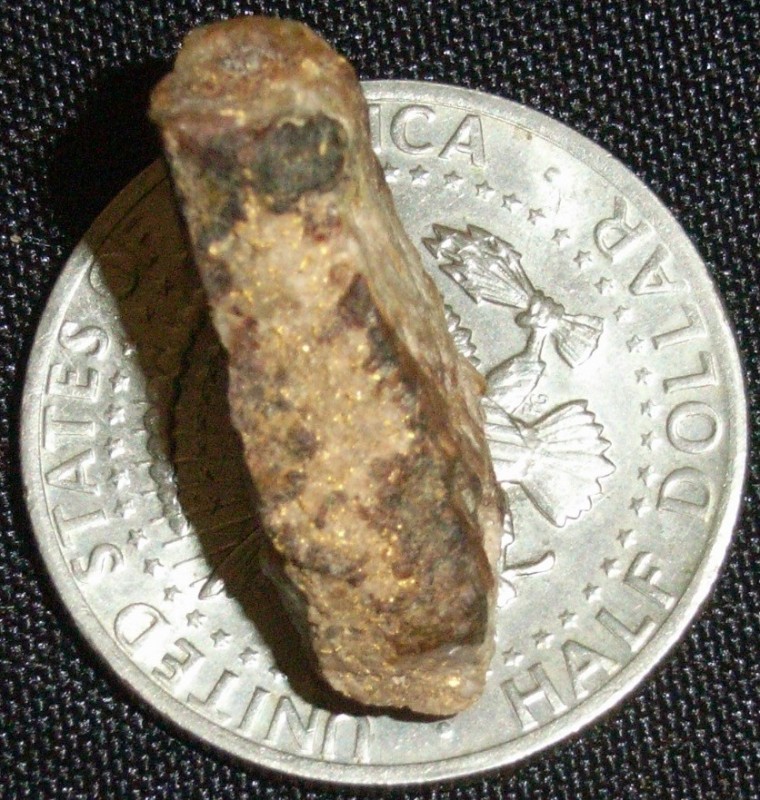
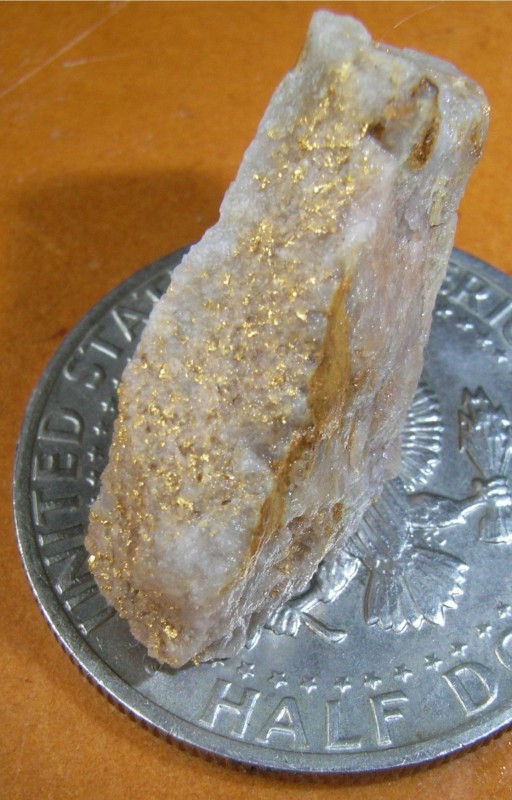
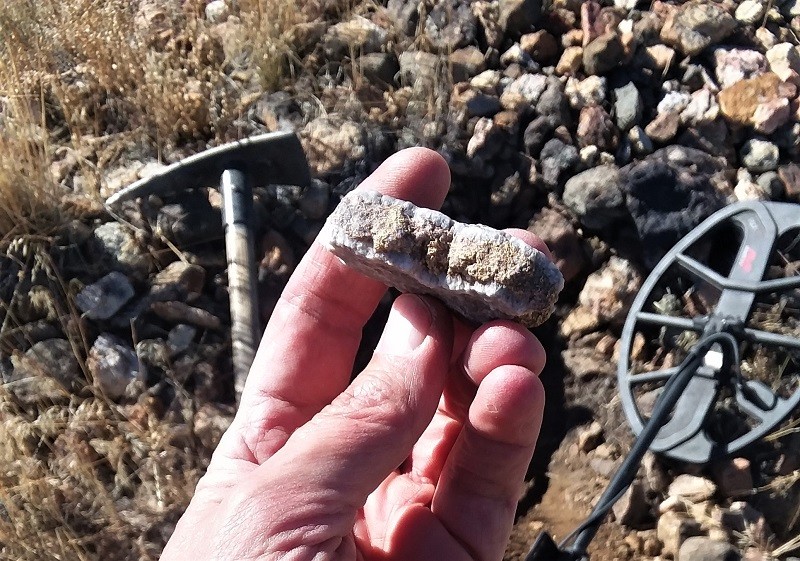
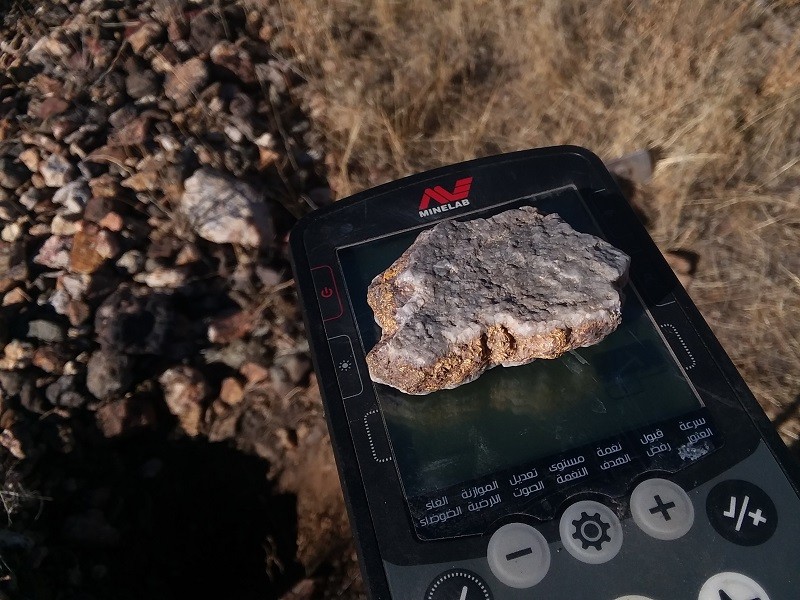

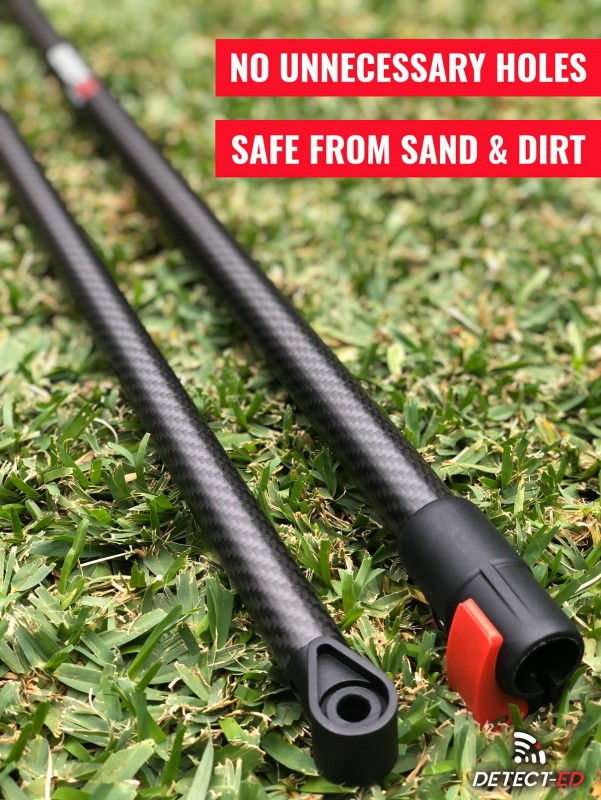
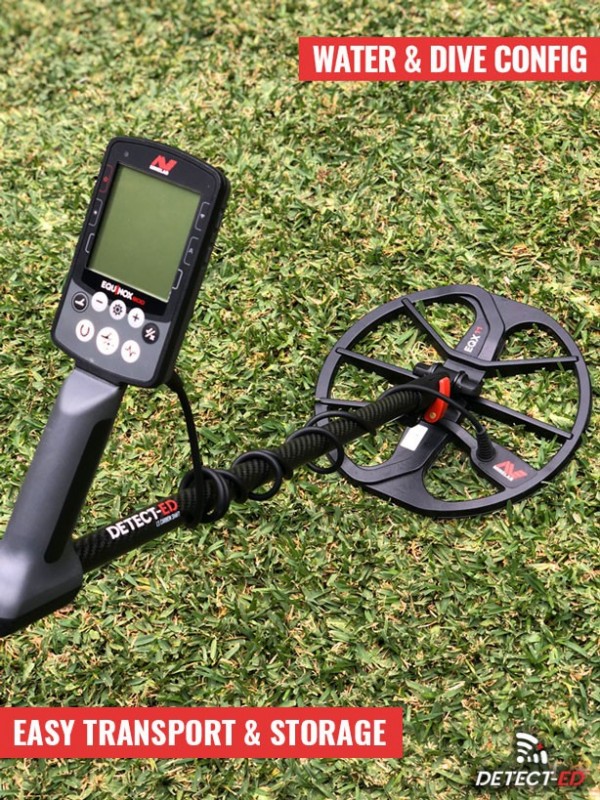
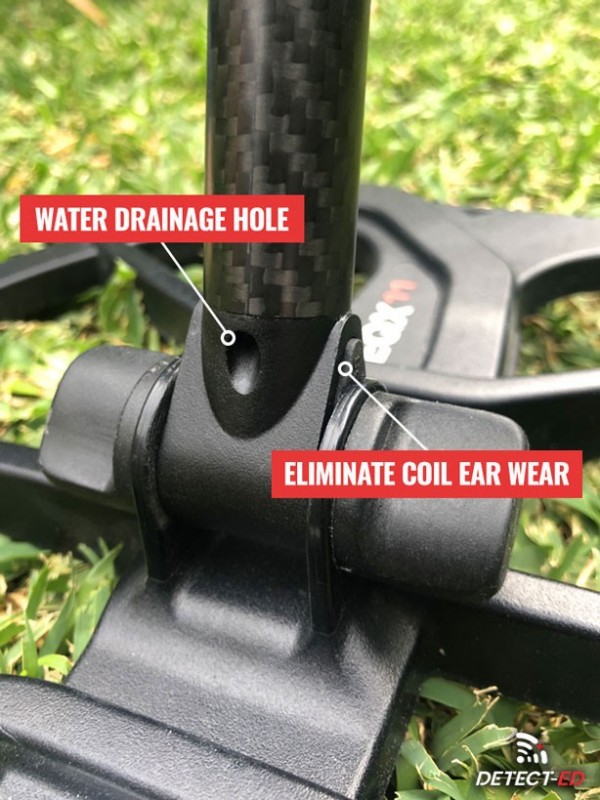
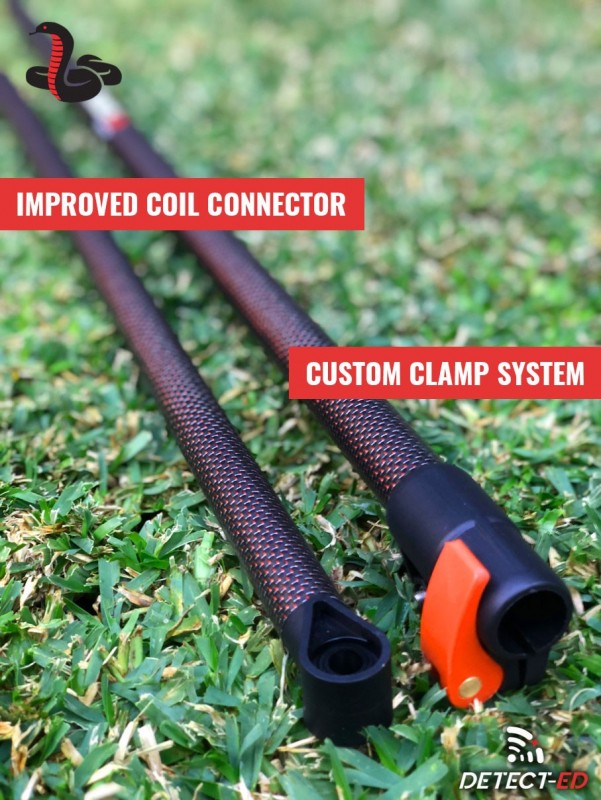
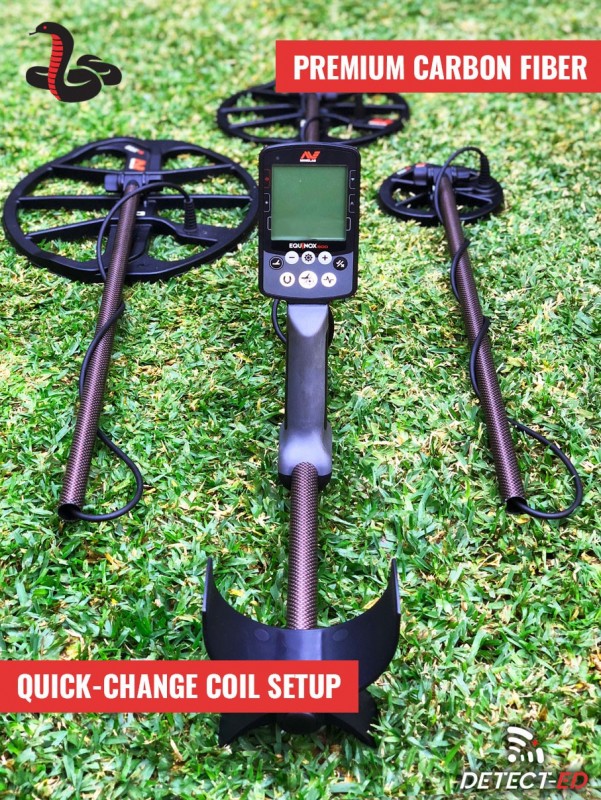
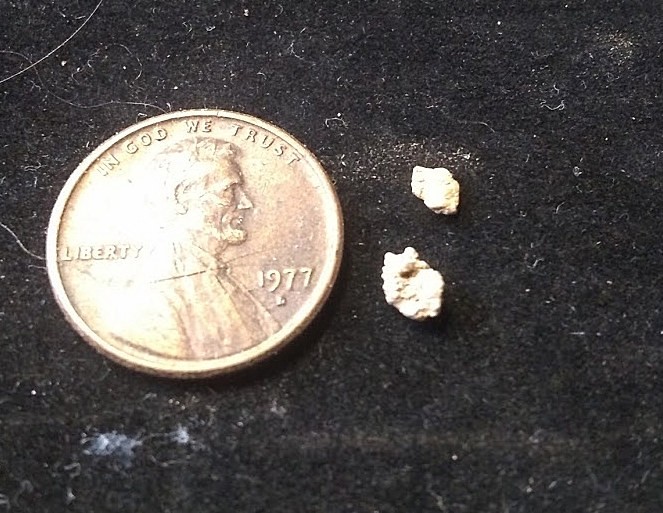
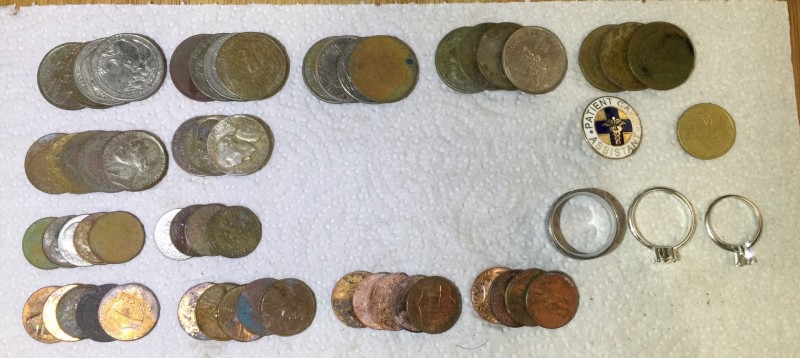
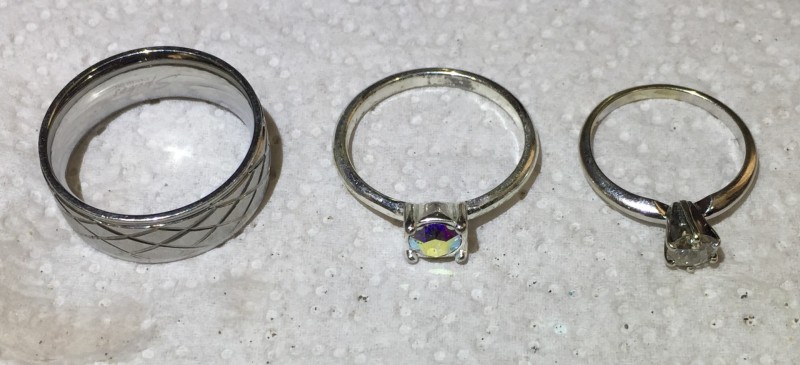
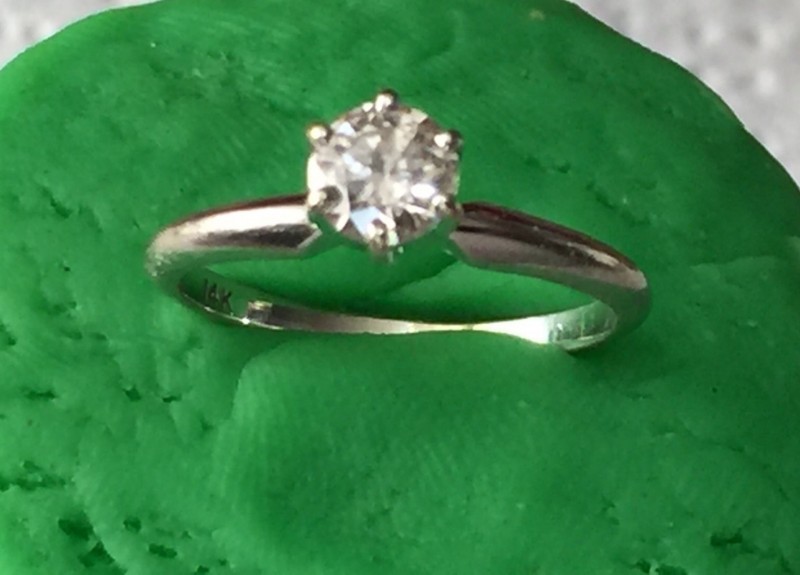
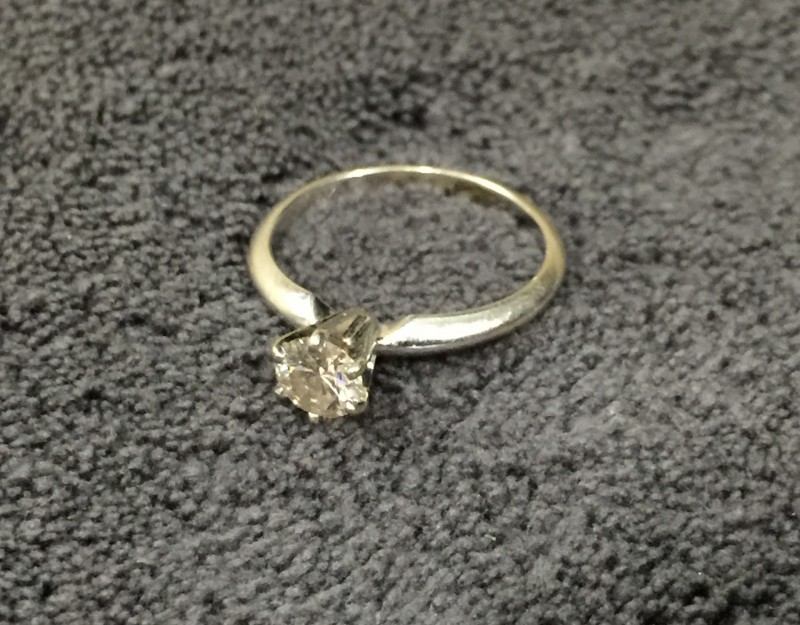
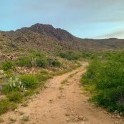
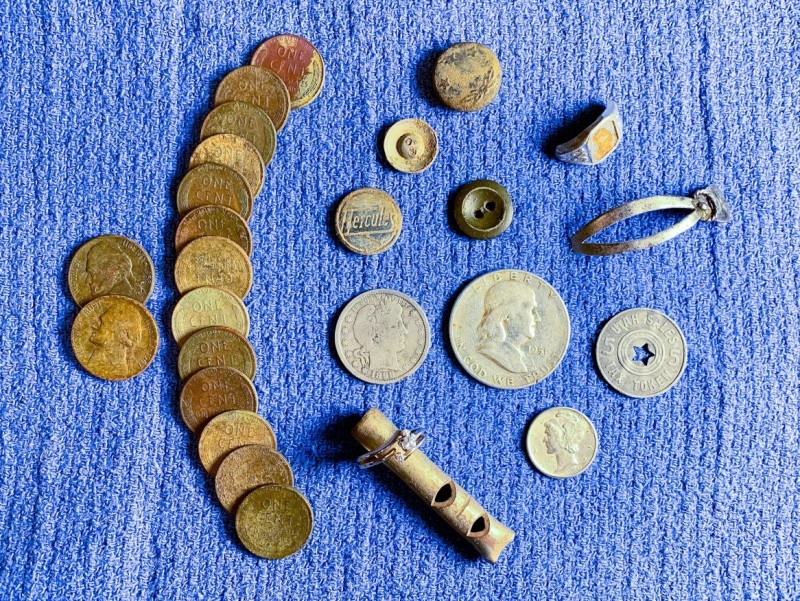
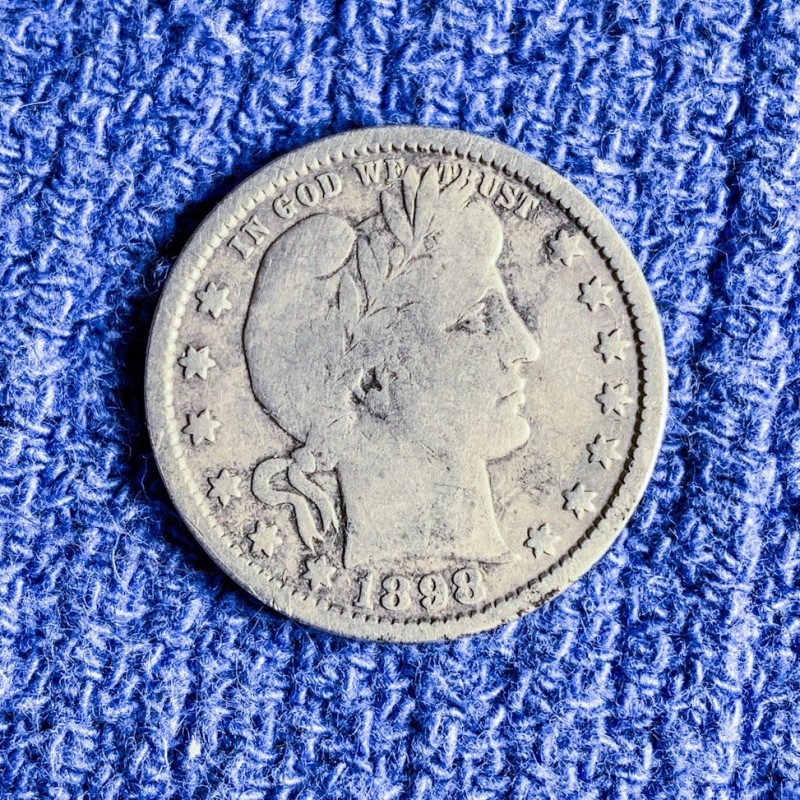
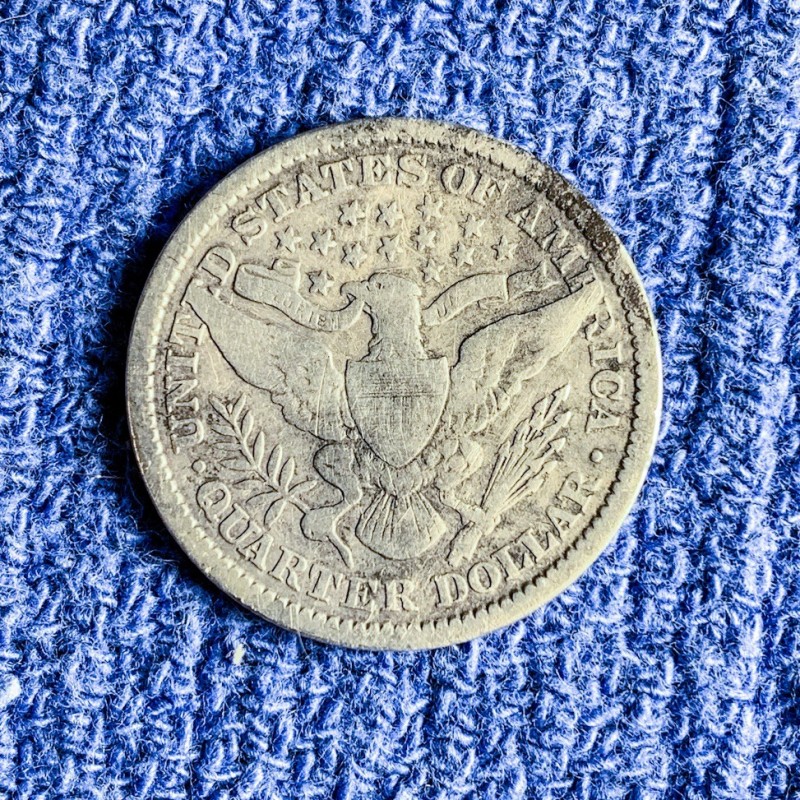
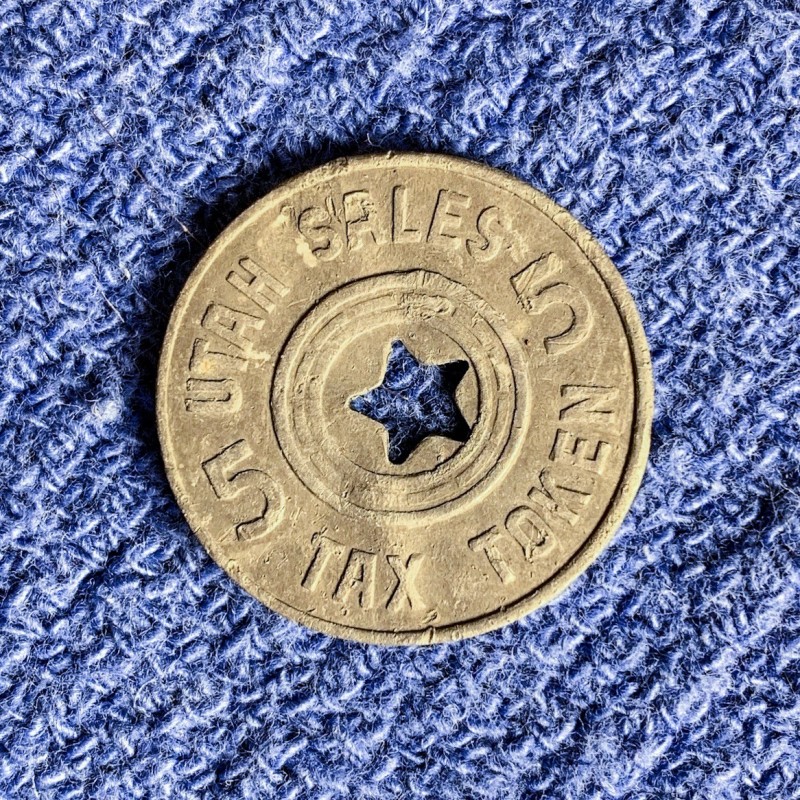
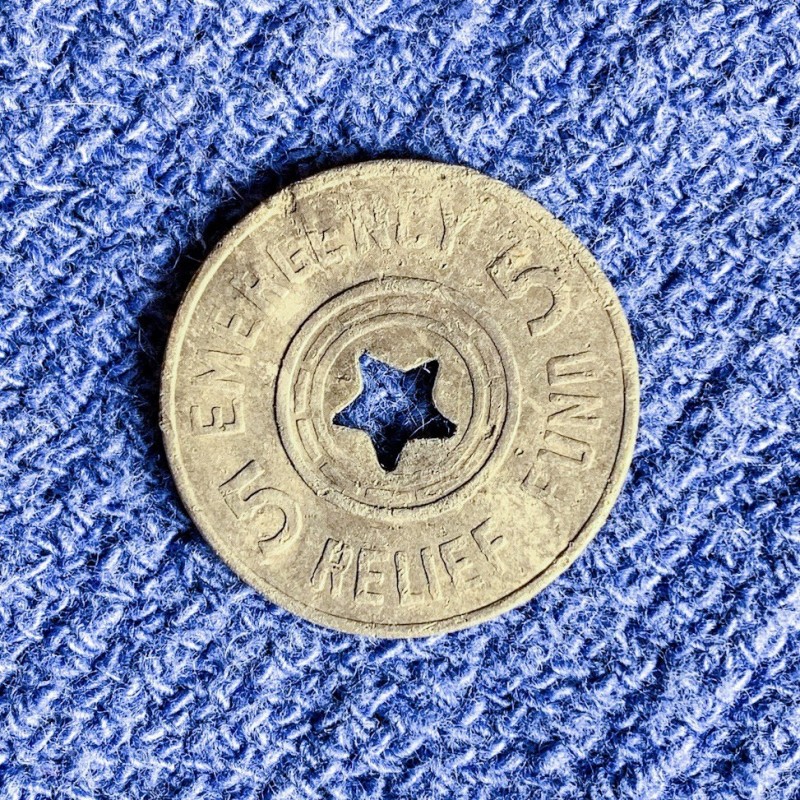
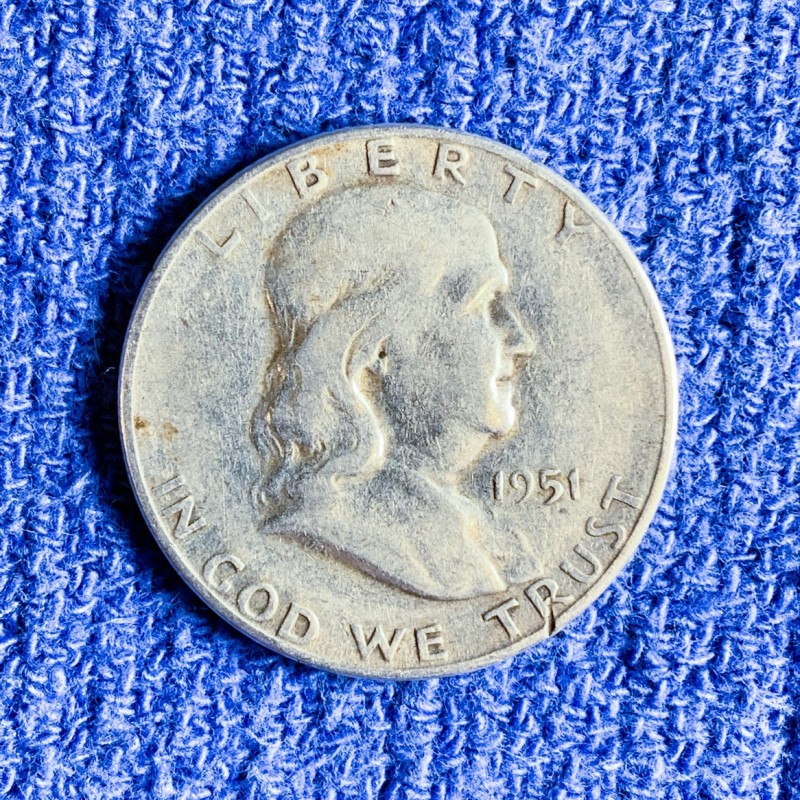
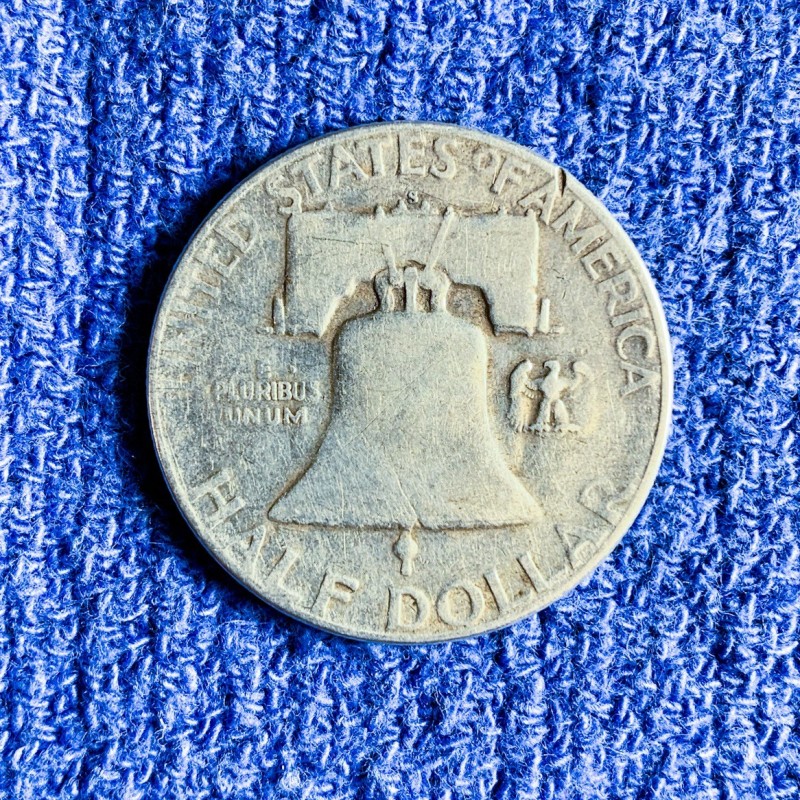
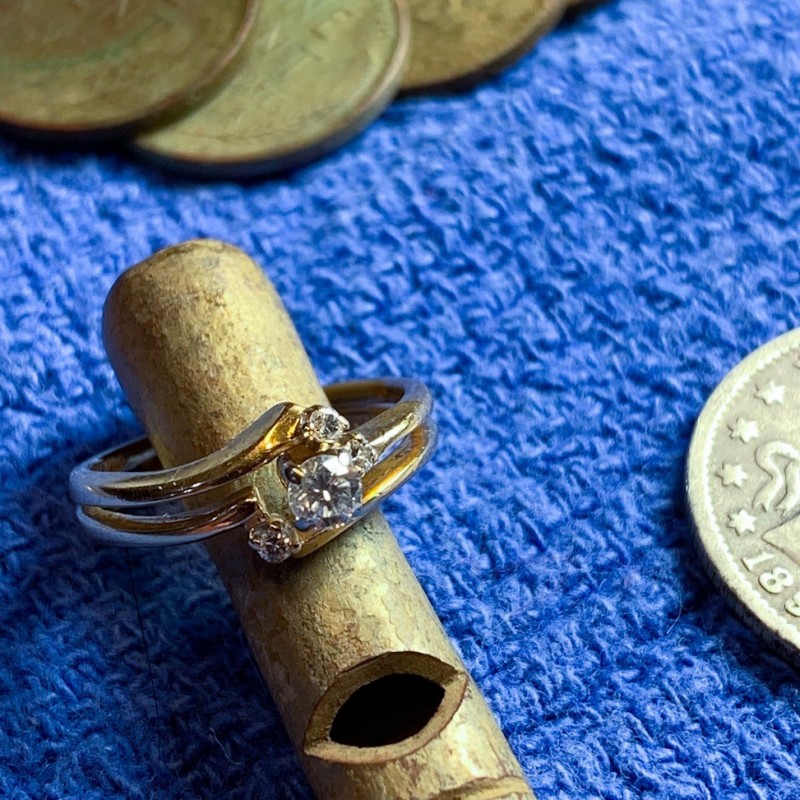
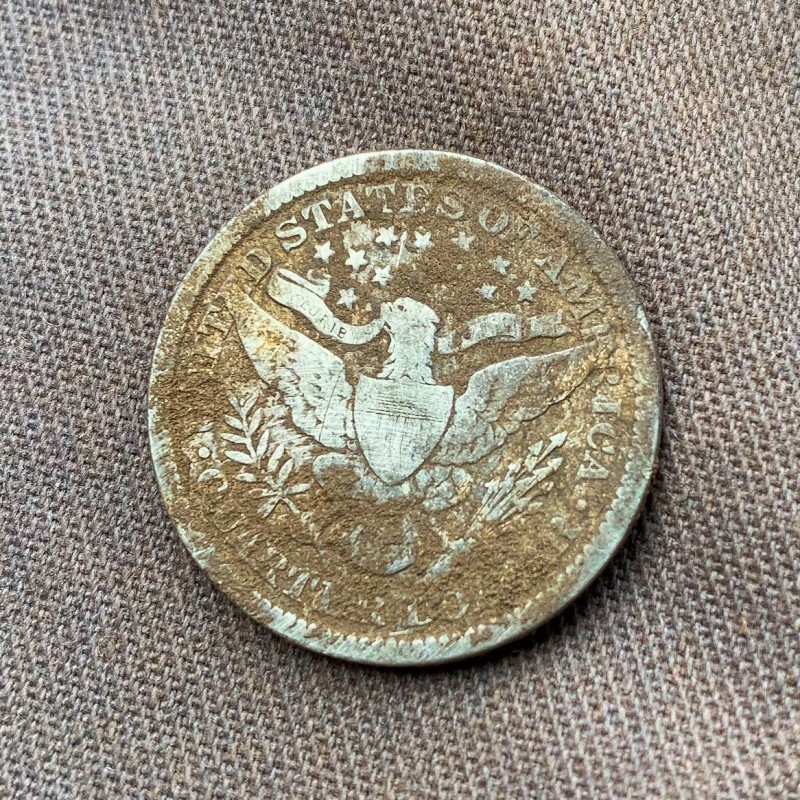
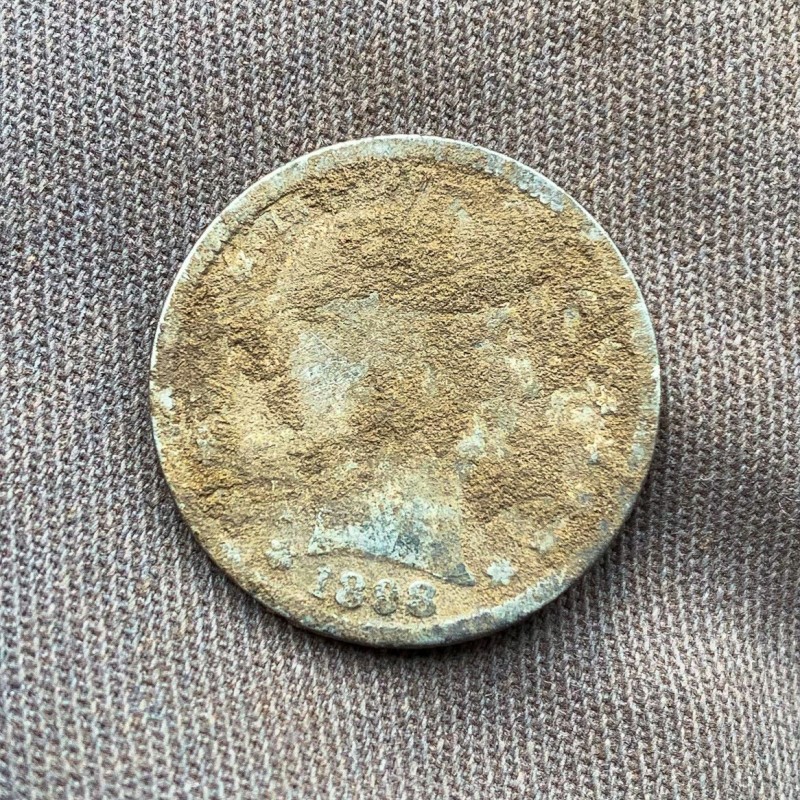
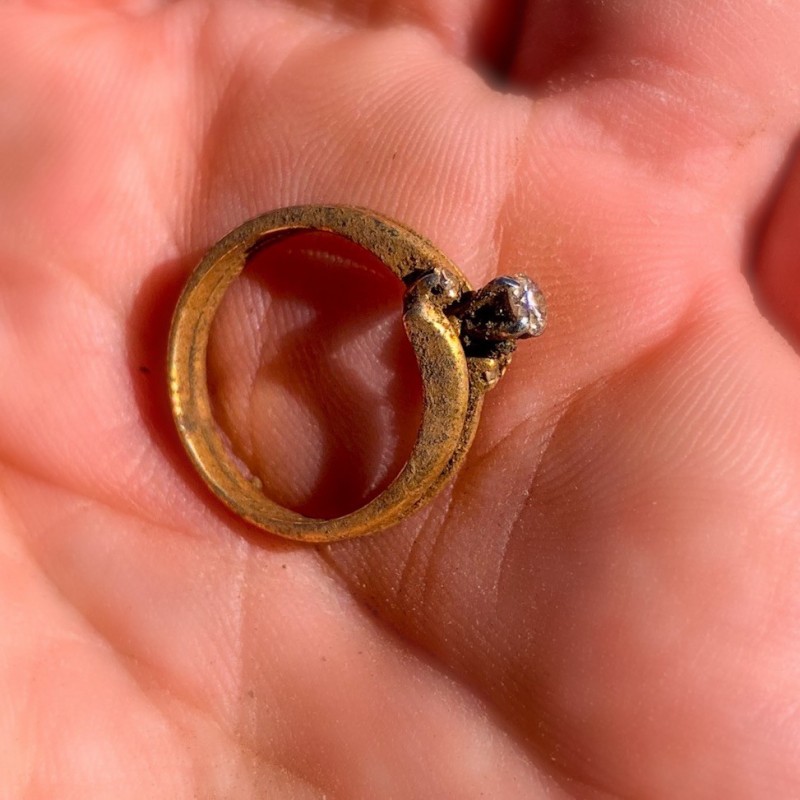

.thumb.jpg.77e4cb5bf39d44bdd2050d2edb7dfdb1.jpg)


